7 Skin Elasticity Remedies That Actually Work (No Hype)
If you’ve noticed your skin isn’t bouncing back like it used to — after smiling, sleeping, or even just touching it — that’s a sign elasticity is changing. It happens slowly, and it’s completely normal.
You may already know me from my articles on natural skincare. As a certified organic skincare formulator and health coach, I focus on gentle, realistic ways to care for skin using simple ingredients and consistent habits.
In this article, I want to share the best skin elasticity remedies I know — the ones that actually support the skin from the inside and out.
You’ll find natural tips, ingredient ideas, and easy things you can do daily.
No hype. Just practical, skin-loving support.

You may already know that I work as a certified organic skincare formulator and health coach. I write a lot about practical, natural ways to care for the skin — especially when it comes to ageing well without harsh products or unrealistic promises.
My approach is always the same: keep it simple, keep it natural, and focus on what actually supports the skin over time. Everything I share here is something I’ve either used myself, recommended to others, or carefully researched.
If you’re looking for real results without the overwhelm, you’re in the right place.
What is skin elasticity and why does it matter?

Skin elasticity is your skin’s ability to stretch and bounce back. Think of the way skin moves when you smile or squint — then returns to rest. That’s elasticity at work.
As we age, or after stress, weight loss, hormonal shifts or long-term sun exposure, this bounce starts to fade. The skin becomes thinner, less flexible, and slower to recover from movement or pressure.
Is this unhealthy?
Not at all. It’s a normal part of ageing and life. Loss of elasticity isn’t dangerous — it doesn’t mean your skin is damaged.
But if it bothers you visually, or you want to support your skin to age more gracefully, there are ways to help it stay stronger, bouncier, and more supported.
Natural skin elasticity remedies that actually help
Each section below gives you not just the remedy, but how and why it works — plus tips on using it right.
1. Rosehip oil: my go-to for collagen support
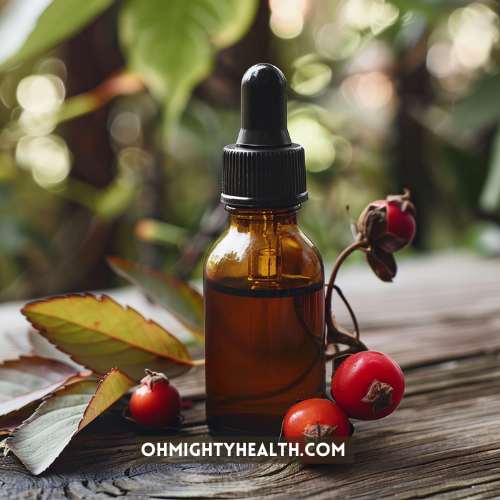
Rosehip oil is one of the few natural sources of trans-retinoic acid, a form of vitamin A that helps support collagen production without irritating the skin like synthetic retinoids often do.
It’s also packed with omega-3 and omega-6 fatty acids, which help maintain the skin barrier — important for holding in moisture and keeping elasticity intact.
How to use it
Apply 2–3 drops to damp skin after misting. Use at night — this is when the skin does most of its repair work. Over time, it can help the skin look firmer, more even, and better hydrated.
2. Gotu kola: the elasticity herb that works from inside and out
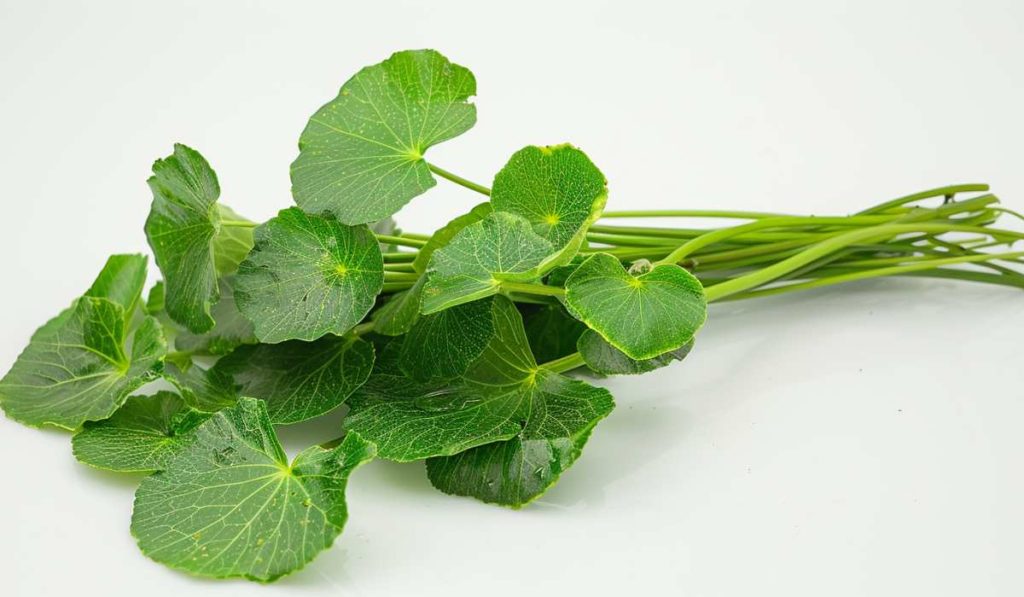
Gotu kola has been used in Ayurvedic and traditional Chinese medicine for centuries. It’s known to stimulate fibroblasts — the cells responsible for producing collagen and elastin.
Studies have shown it can help with wound healing, stretch marks, and firmness. It’s gentle and works well both as a herbal infusion (tea) and a topical treatment.
How to use it
- Tea: Drink 1–2 cups a day. Let it cool slightly before sipping.
- Topical: Make a strong tea, cool it, and use as a toner or compress 3x a week.
3. Aloe vera: hydration and bounce in one plant
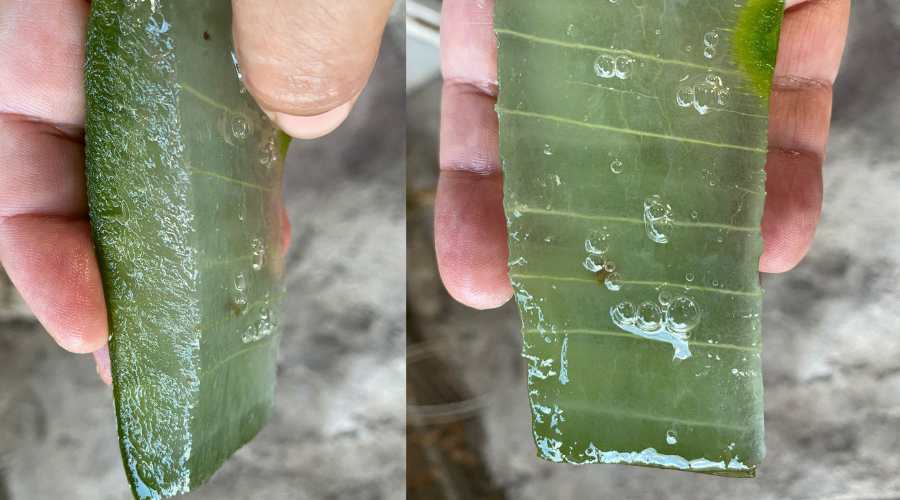
Aloe doesn’t just soothe. It contains polysaccharides that help the skin hold onto water and support a firm, plump appearance. It also mildly stimulates fibroblast activity.
How to use it
Apply a thin layer of pure aloe vera gel as a serum under oil or moisturiser. You can also mix it into homemade masks with cucumber, rice flour or plant extracts.
4. Natural vitamin C: the collagen co-factor
Vitamin C is essential for collagen synthesis. Without it, your body can’t properly form or maintain the collagen network that keeps skin elastic.
While serums exist, you can also support elasticity through natural food-based sources like camu camu powder, acerola, citrus fruit, parsley, and broccoli.
Tip: A little camu camu powder stirred into a smoothie or water gives a big vitamin C boost without synthetic additives.
5. Hydration: the overlooked elasticity booster
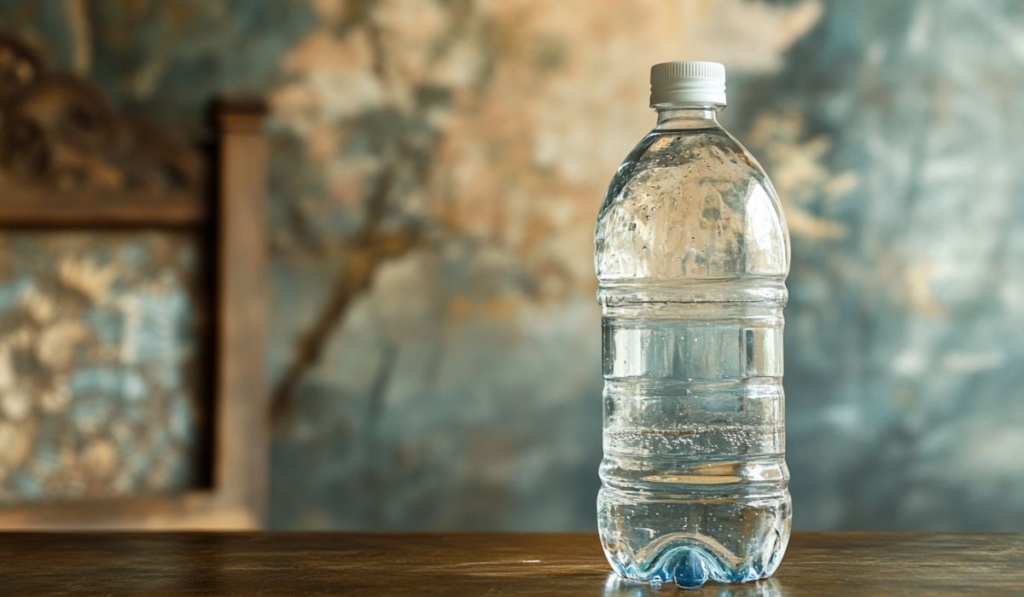
Elasticity doesn’t work without hydration. Dehydrated skin becomes stiff, dull, and more prone to creasing — even if collagen levels are decent.
How to hydrate properly
- Internally: Water, herbal teas, water-rich foods (lettuce, melon, cucumber)
- Topically: Always apply oils and creams to damp skin, and use a hydrating toner like rose or chamomile water
Mist hack: Keep a spritz bottle of rose water in the fridge and use throughout the day to top up hydration and give the skin a mini lift.
6. Facial massage: stimulate, lift and tone naturally
When you massage the face, you boost circulation, drain excess fluid, and gently work the underlying muscles — all of which helps support elasticity.
How to do it
Use oil or aloe to avoid dragging. Start with light upward strokes from the chin to cheek, then temples. Work across the brow and under the jaw. Just 2–3 minutes daily makes a difference.
7. Omega-rich foods: feeding your elasticity from within
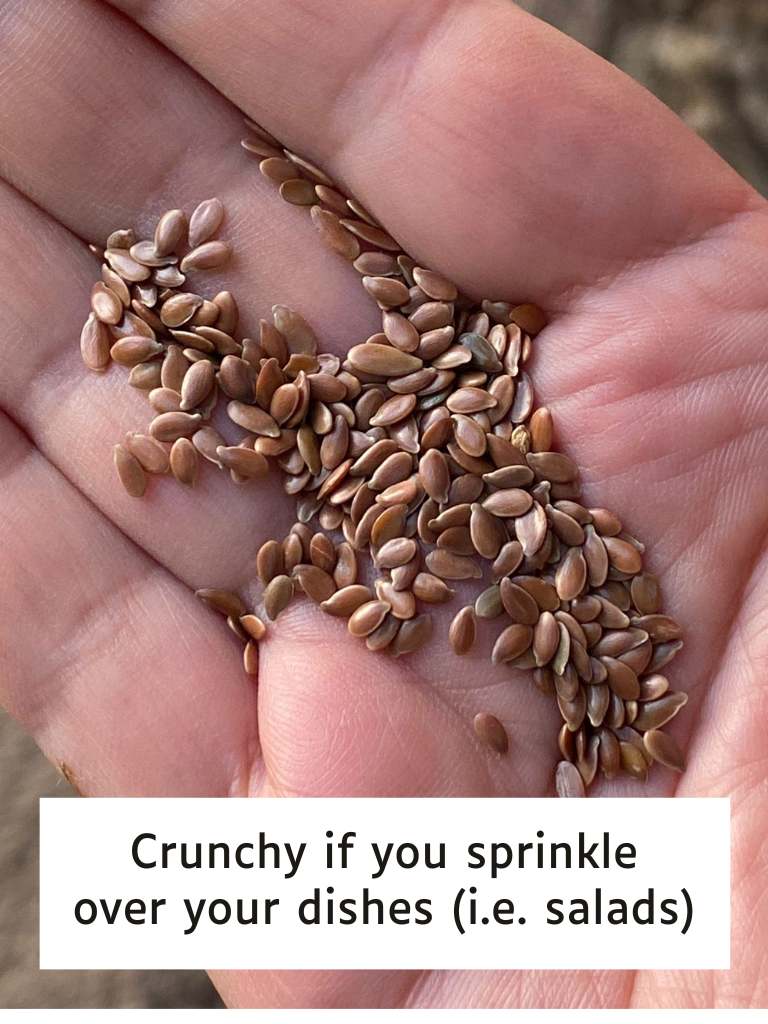
Elasticity isn’t just about surface care — your skin builds itself from the nutrients you give it. Essential fatty acids help form healthy cell membranes and keep skin flexible.
Include in your diet
- Chia seeds, flaxseeds, hemp seeds
- Walnuts
- Avocados
- Pumpkin seeds
These fats help your skin stay elastic — not just look it for a moment.
BONUS! Easy DIY mask: kiwi + aloe for a vitamin-packed lift
Kiwi is high in vitamin C and enzymes that lightly exfoliate and brighten. Aloe adds hydration and calm. Together, they’re a beautiful pair for tired, less elastic skin.
How to make it
Blend a slice of kiwi with a teaspoon of aloe. Apply to clean skin for 10 minutes and rinse off. Use once a week.
Daily habits that protect your skin’s elasticity
These are simple but powerful:
- Get enough sleep — skin rebuilds overnight
- Use sun protection daily (zinc oxide-based is ideal)
- Don’t over-cleanse — it weakens the barrier
- Avoid smoking and manage stress where possible
- Keep your skin routine hydrating and gentle
Final thoughts
Loss of elasticity is part of life, but that doesn’t mean there’s nothing we can do.
Focus on support, not reversal.
Give your skin what it needs to stay strong, hydrated and flexible.
The skin responds to kindness and consistency.
One oil.
One herb.
One glass of water.
That’s how change begins.

